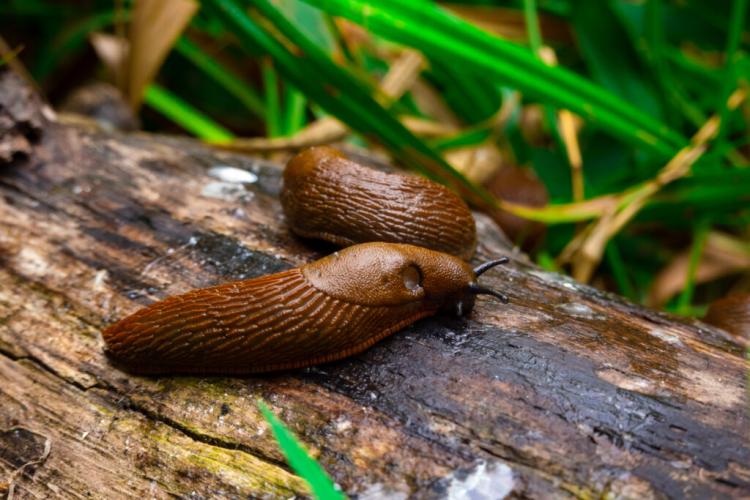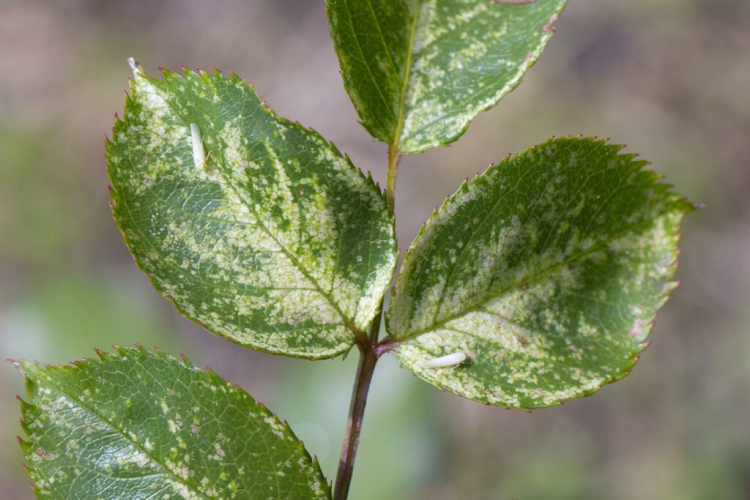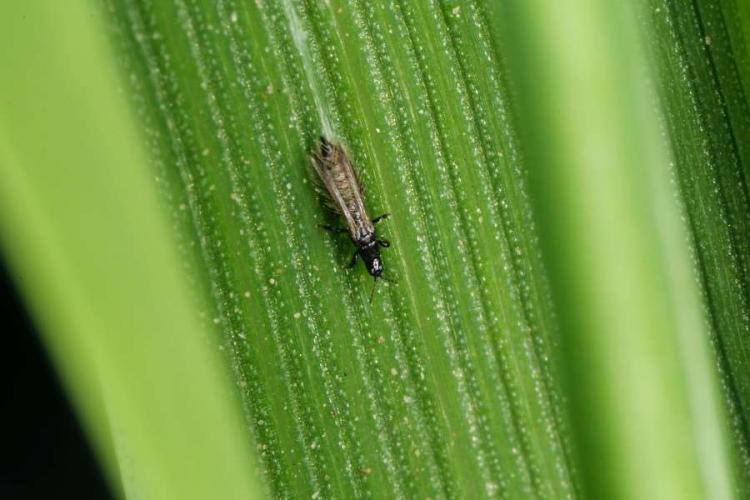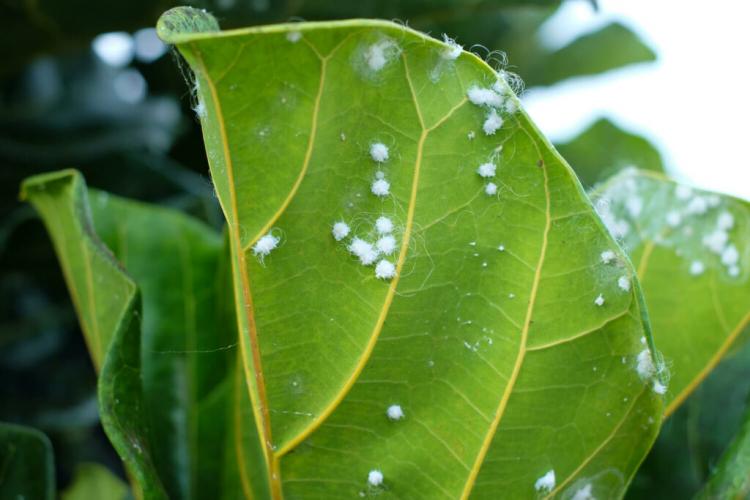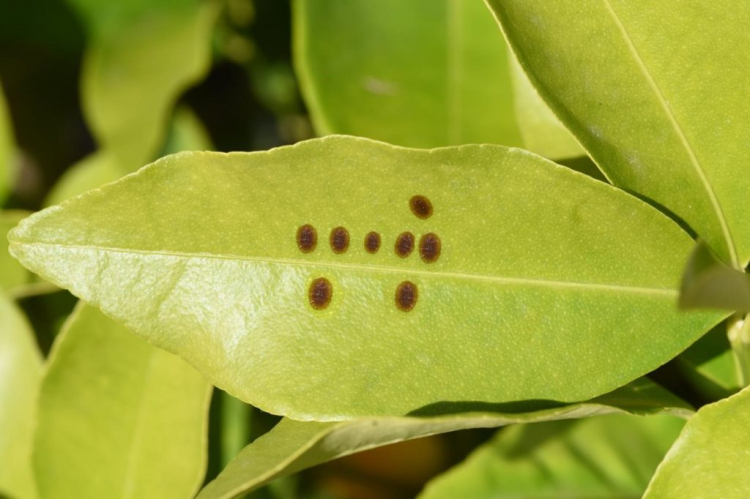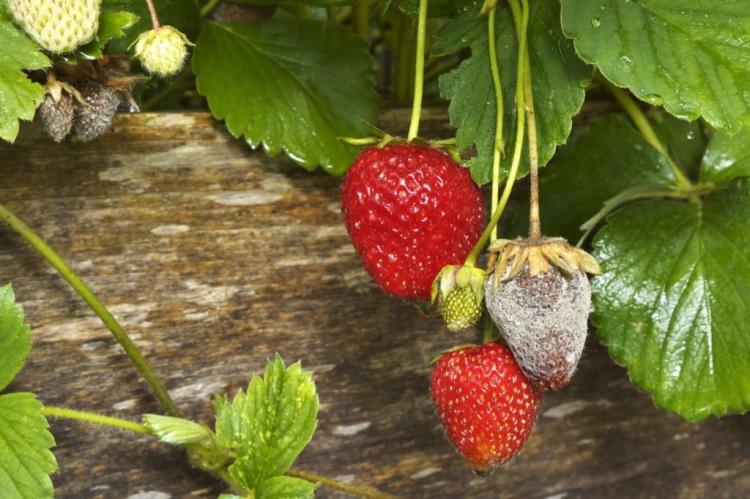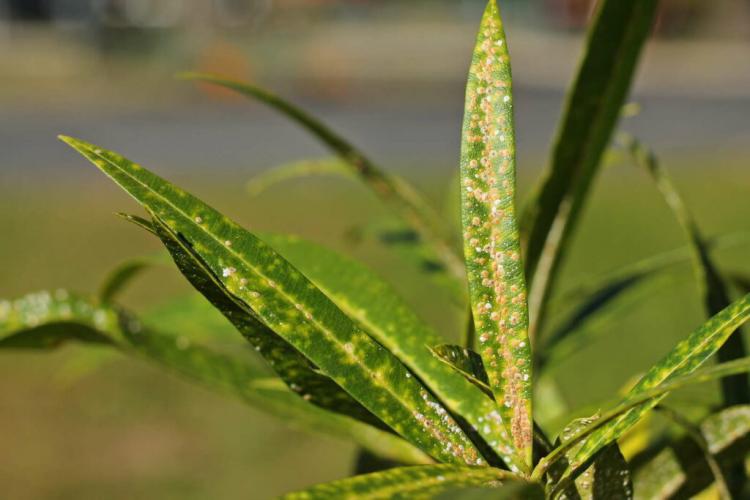Fighting And Driving Away Nudibranchs In The Garden
We show whether home remedies such as coffee grounds & beer traps really help against snails and how biological remedies can fight the snail plague.
Spring is finally here! The beds are prepared and the first vegetables such as spinach, radishes, and onions are already in full growth and the first harvest is eagerly awaited. But you did the math without the naked, slimy eating machine. Yes, we are talking about the snail, more precisely the nudibranch.
Slugs are real eating machines
Table of Contents
Especially after a mild winter, whole snail plagues can appear in spring. The reason for this is that not only the frost-resistant eggs but also the adult animals survive after a warm winter. If there was also a stronger snail infestation in the last year, an invasion of snails is usually inevitable. In damp weather, they come out of their hiding place and set course for almost all vegetable and garden plants, because snails are definitely not particularly picky.
However, if you have the choice between young and old leaves, the choice will always be fresh and young leaves. Therefore, young plants and seedlings in particular are at risk from snail damage. The snail’s eating organ, also known as the radula or rasping tongue, is responsible for the large holes in the leaves. You can imagine the rasping tongue like many chainsaws next to each other.
The leaves of our garden plants are then processed with several 10,000 microscopic teeth. The result is then partially completely eaten off plants, where only the leaf stalks remain. Because of this feeding ability and unrestrained appetite, nudibranchs are often one of the biggest problems in a hobby gardener’s garden.
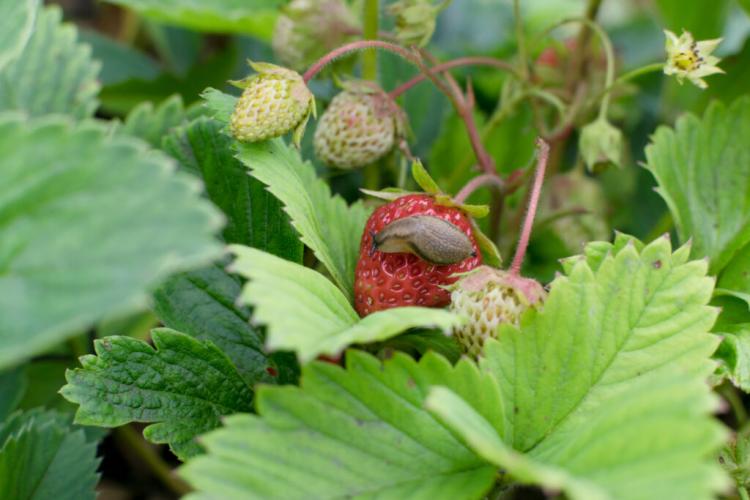
The slug – an underrated pest
Slugs from several families belong to the nudibranch species and therefore nudibranchs are not a uniformly systematic group. For preventive and combative measures, however, this is irrelevant, because pretty much every nudibranch also targets our beloved garden plants. In contrast, shell snails are usually not a threat, as they only eat withered leaves and avoid fresh leaf material. One might assume that slugs are poorly protected by the lack of shell. However, the slime of some nudibranchs, like the Spanish slug, is so bitter that natural predators like the hedgehog spurn them.
You might so like: Control Ants And Drive Them Away Successfully
In addition, because of the lack of a shell, nudibranchs are more mobile and can cover longer distances. This is why plants in drier areas are also potentially at risk. Another problem is the snails’ sexual behavior. Snails are hermaphrodites and therefore do not depend on sexual partners of different sexes. This is also one of the reasons for their high number of offspring and their frequent occurrence in almost every garden. If you have problems with snails, you can look forward to visiting mice, birds, frogs, toads, blindworms, and ground beetles, because the slug or its eggs are at the top of the menu for these animals.

Preventive measures against a snail invasion
Since snails cannot regulate their water balance themselves, they are dependent on a moist environment. You can be sure that a slug will only leave its damp hiding place if it does not run the risk of drying up. For this reason, the greater damage to snails from eating is only to be expected in damp weather or on cooler nights. Countless methods are touted on the internet to keep the snails away from your plants. For example, beer traps and copper are recommended. A new remedy made from liverwort extract also promises effective protection against slugs. You can find out here whether these home remedies are really effective and which measures we can recommend in detail.
You might so like: Powdery Mildew On Roses: Identifying And Combating Powdery Mildew And Downy Mildew
Combating unpleasant snails
The most common control agent is and will probably remain the slug pellet. The ease of use makes it arguably so attractive to most hobby gardeners. However, not all slug pellets are the same, in some cases, there are significant differences in the environmental compatibility of the ingredients. There are now alternatives on the market. These include, for example, ducks, which are supposed to fight the snail plague within a few days. In addition to the animal helpers, there are now also biological preparations.
The home remedy should include coffee grounds and a type of nematode that targets slugs. If you are interested in fighting snails, whether with slug pellets or biological methods, then you have come to the right place in our special article! In addition to the effectiveness of the control agents, it is particularly important to the Plantura team that the agents are non-toxic and that they do not pollute their own garden or the environment.
The following products have proven themselves in the fight against snails:
- Snail lock: a natural product made from ground neem seeds; strengthens the plant and is therefore no longer eaten by pests
- Slug pellets: With a natural iron compound; works effectively and protects pets, hedgehogs, and earthworms; nature-friendly and rain-stable
- Beneficial order set: tick the desired beneficial insect on the order form, send it in, and receive it conveniently by post
Tip: Ysos offers another option for plant protection. Not only can the herb be used as a spice, but it also keeps snails and other pests away.
